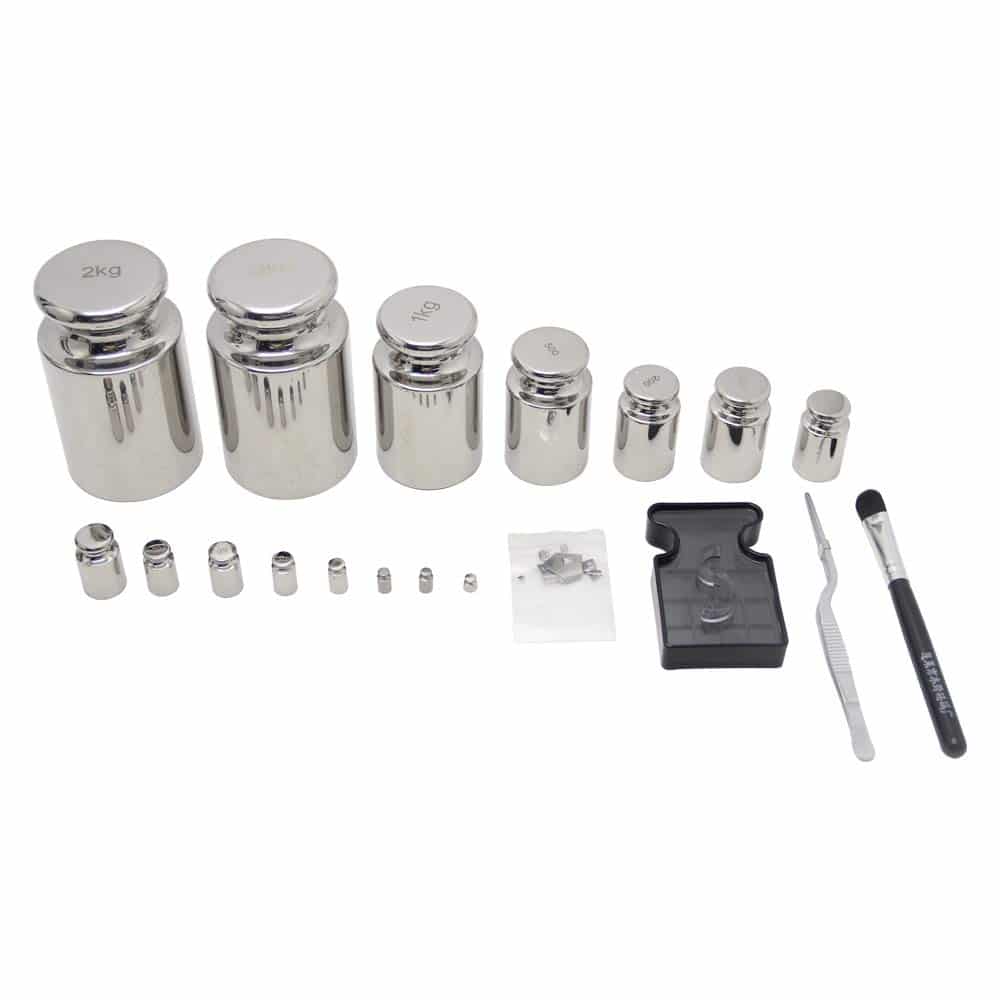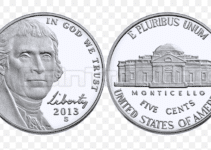A Guide To Calibration Weights :
In a world where the whole thing is virtually at a fast pace because of modernization and state-of-the-art technology, people are becoming more and more obsessed with the wonders of utilizing technologies to enhance their lives and others as well.
One remarkable discovery in the area of measurement is calibration. Renowned as the process of establishing a connection between content and a measurement signal from any instrument, calibration turns out to be popular, particularly in the world of research and labs all over the world. Some experts say that the relationship that leads to calibration doesn’t essentially be linear in various instances.
In fact, the right number of calibrators, which are utilized, is relatively reliant on the alleged shaded of the measurement in reaction to its function. Calibrators are also vital to define the signal response to changes in the content of specimen over the distinct analytical range of measurement. Here, the calibrator materials are allocated to fit a particular measurement system, thus, considering the disparities between the two variables.
Table of Contents
What is a Calibration Weight?
Calibration weights are the basis and core in any laboratories as they play a vital role in making sure that lab balances are providing you precise readings. On the other hand, calibration weights aren’t created the same. They are allocated to dole out a type that is based on the weight tolerance or accuracy. There are many sets of weights classes, which include NIST, OIML as well as ASTM. What is more, there are also certifications given to various weights.
Calibration weights are utilized for calibrating and checking weighing equipment. Also known as test weight, these can be utilized for quality tests and proof load when a recognized mass is required. There are a lot of accuracy sorts for calibration weights; it all depends on the balances and scales you like to calibrate or test.
Types and Weights
Calibration weights are available in various types, but some of the most popular ones are as follows:
Cast iron and Hex Calibration Weights: This is the most popular type of test weight being utilized for testing commercial scales, retail scales, and industrial scales. Usually, the weights are adjusted to the class that associates to 0.005% or 1:20, 000 accuracy; for instance, a 20,000g calibration weight that has a M1 accuracy will have a highest error once supplied of +/-1g. These calibration weights are made to be easy to lift by one person.
The 25kg, 20 kg, 10kg, and 5 kg are named bar weights as of the bar utilized as a handle as well, as the weights from 100g to two kg are hex. This is highly advisable for calibrating and checking all scales with 1kg readability or resolution or more. These are stable once utilized and stored in a dry place and costs less compared to other types.
If you want a calibration weight for a wet setting, consider using stainless steel or brass calibration weights as the iron weights rust once they get wet and will go out of tolerance sooner or later.
Brass Calibration Weights
These calibrations weights are available from one kilogram to ten kilograms and are supplied attuned to M1 standard. This material is soft compared to cast iron, so it is less resistant to moisture as it doesn’t rust, which makes it a perfect choice for testing weighing scales, particularly in a food factory as well as other industrial settings wherein the weights can come into contact with moisture. Once the budget allows, you may need to think of buying stainless steel weights because they are more water-resistant and also have remarkable resistance to contaminants and wear.
Stainless Steel Calibration Weights
This is considered a superb choice if budget is not an issue. However, despite the many perks it offers, it also comes with drawbacks like the bigger the weight is, the harder it to carry compared to the iron bar. But, stainless steel calibration weight has high resistant to water, wear as well as other forms of contaminants. Most often, stainless steel is the most excellent test weight and most stable weight available. This is stable enough to be supplied with high accuracy compared to brass or iron.
Milligram Weights
The weight that is less than 1kg is called milligram weight. This is made of a nickel sheet and available in different forms and shapes, so you are able to determine the size of the weight. Milligram weights have a bit lip to let you lift them up using tweezers; handling this with bare skin can put the weights out of tolerance immediately.
You will also encounter more choices when browsing a calibration weight such as:
Cylindrical
A lot of weights have a meek cylindrical shape that often comes with a ridge around the top for easy and simple handling.
Grip Handle
This can make it simpler to deal with bigger weights.
Pipe Handle
Can assists in transporting big objects.
Knob
There are some weights that have a small tapered part or knob located at the top, which makes them stress-free to pick up by one hand or forceps.
Slotted Calibration Weights
This type of weight is utilized to test crane scales, force gauges, and other types of suspended weighing scales. A hanger as the weight itself holds many slotted weights, and it all depends on its functional shaft lengths. These weights are discs with slots and are made to meet on the hanger. This type of weight is made of brass or iron: brass material is utilized for a smaller weight and hanger for testing up to 1000g and has a 4.5mm rod as well as slots to fit.
Trade Stamped Weights
Verified for trade use weights or popularly known as trade stamped weights, is normally supplied in brass or iron. These have been supported by Trading Standards for selling or purchasing by weight. This has a small crown marked into the base. Traded stamped weights are calibrated to be more than the supposed weight to make sure that when utilized with mechanical balances when purchasing or selling through weight, the client gets at least the right weight.
Calibration Weight Set
Three main sets of calibration that you will come across are:
NIST or also known as the National Institute of Standards and Technology Class F weights, are utilized in the field of industrial manufacturing to bear out Class III, Class IIII as well as non-designated scales. NIST is also utilized in manufacturing and warehouse settings to calibrate scales utilized for the production and delivery of big products. Class F weights are not usually utilized in labs as they aren’t precise enough to check the scales utilized for many lab uses.
ASTM, formerly called as American Society for Testing and Materials, ASTM International is a non-profit organization, which develops voluntary consensus averages. It has made ten calibration weights types as guided paper ASTME 617, Class 000 thru Class 7. The higher the number, the higher the level of tolerance the weight will be. A lot of lab applications need ASTM Class 4 or under, and ASTM class weights are considered the popular form of calibration weights utilized in various laboratories in the US.
OIML, also known as Organisation Internationale de Métrologie Légale or International Organization of Legal Metrology, is an intergovernmental association that offers systems and standards with the objective of going with legal metrology processes. From the most accurate or lowest to high tolerance, OIML types are E1, E2, F1, F2, M1, M2, as well as M3. Most lab apps need OIML weights of Class F2 or lower. OIML class calibration weights are used by many industries outside the US.
There are some makers of calibration weights that make their own weight class systems. Like for instance, the Troemner’s Ultra Class weights are classed as UltraClass Platinum, UltraClass Gold, and UltraClass.
Calibration Weights for Digital Scales
There is a relatively common rumor floating around which encourages utilizing a nickel in calibrating a digital scale. A nickel weighs 5,000g, and the concept is that you are able to combine many knickers required to reach the capacity of the scale, like, for instance, a 100g you will need twenty nickels.
Big stainless steel test weighs up to two tons and can also be used to calibrate digital scales from bench scale to big heavy capacity scale. Some companies provide an extensive weight portfolio for calibration, which covers weights from one milligram to five tons in all classes of accuracy. From a grip handle weight to a cylindrical weight, each form of test weight provides many perks during the digital scale calibration as well as recalibration.
If you are searching for a calibration weight, you should be able to know first the features as well as qualities of a high-quality calibration weight. It must favor calibration of balances that has an external certified calibration mass and must feature balance with internal motorized features such as external calibration and internal calibration as these are essential for certification and recalibration. It must be able to provide precision weighing balance, which enables you to calibrate the balance without needing the service of a company or calibration firm.



